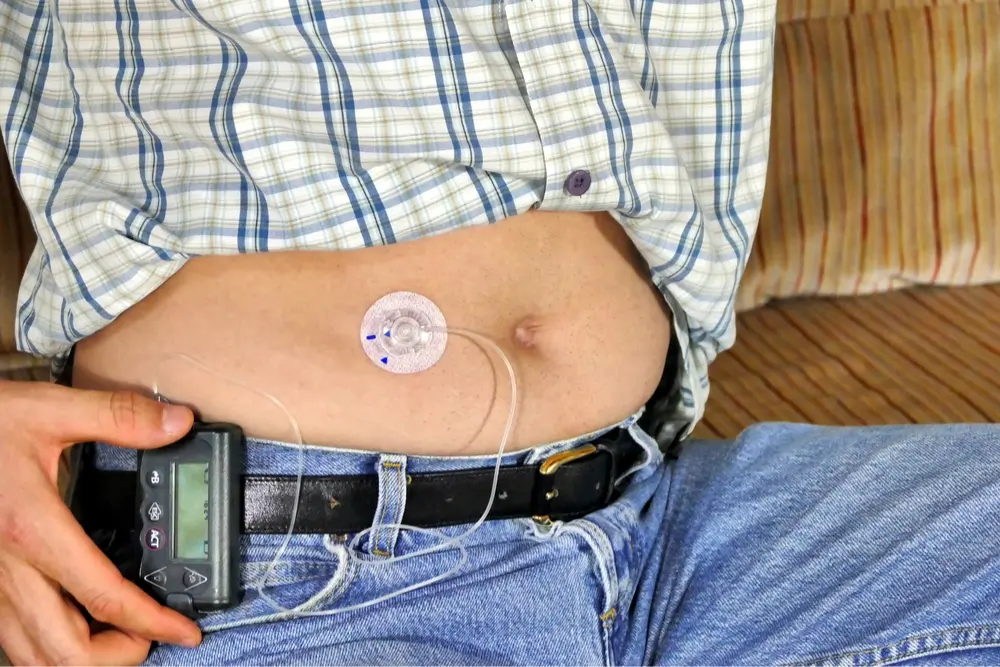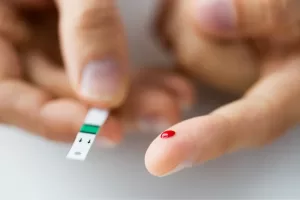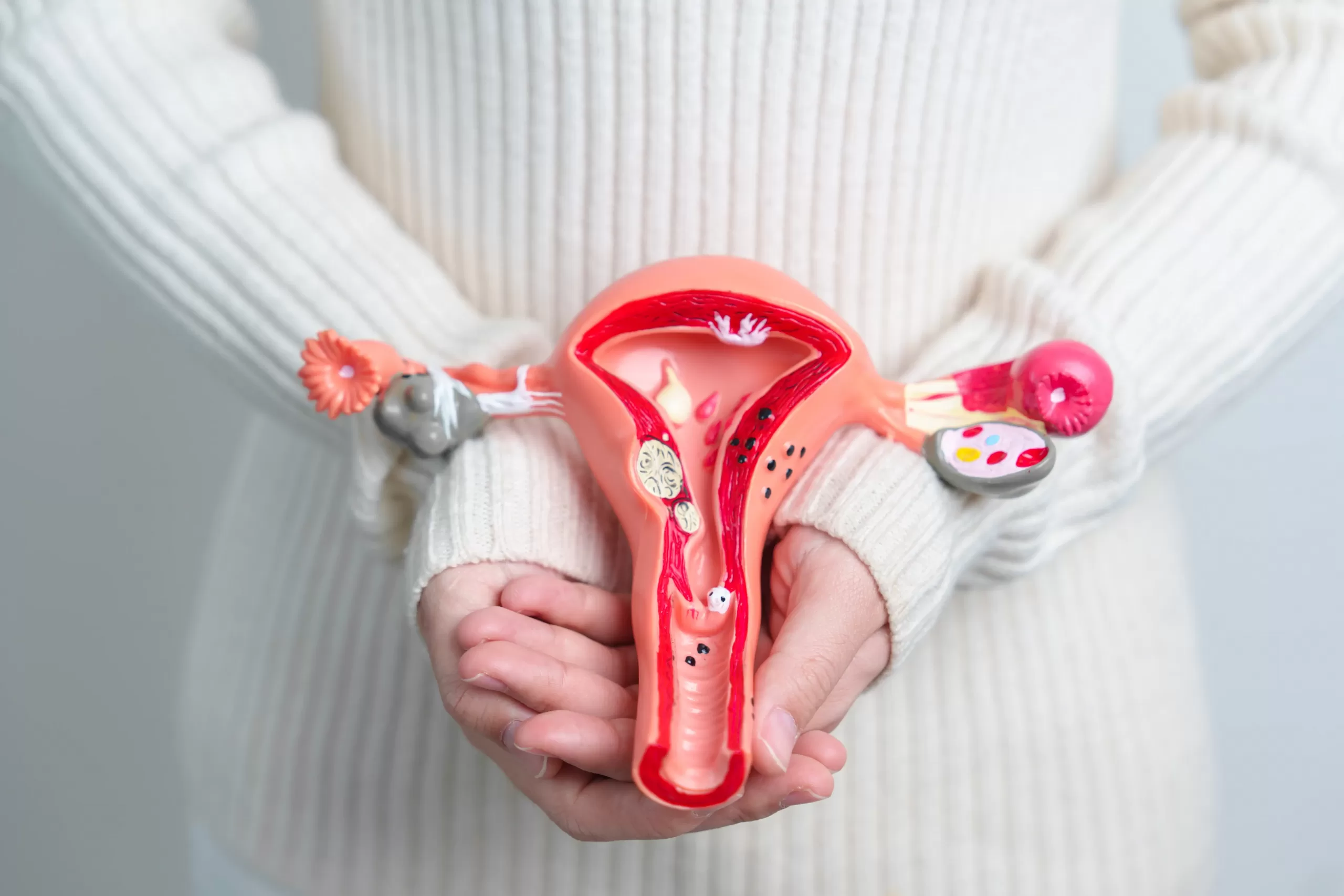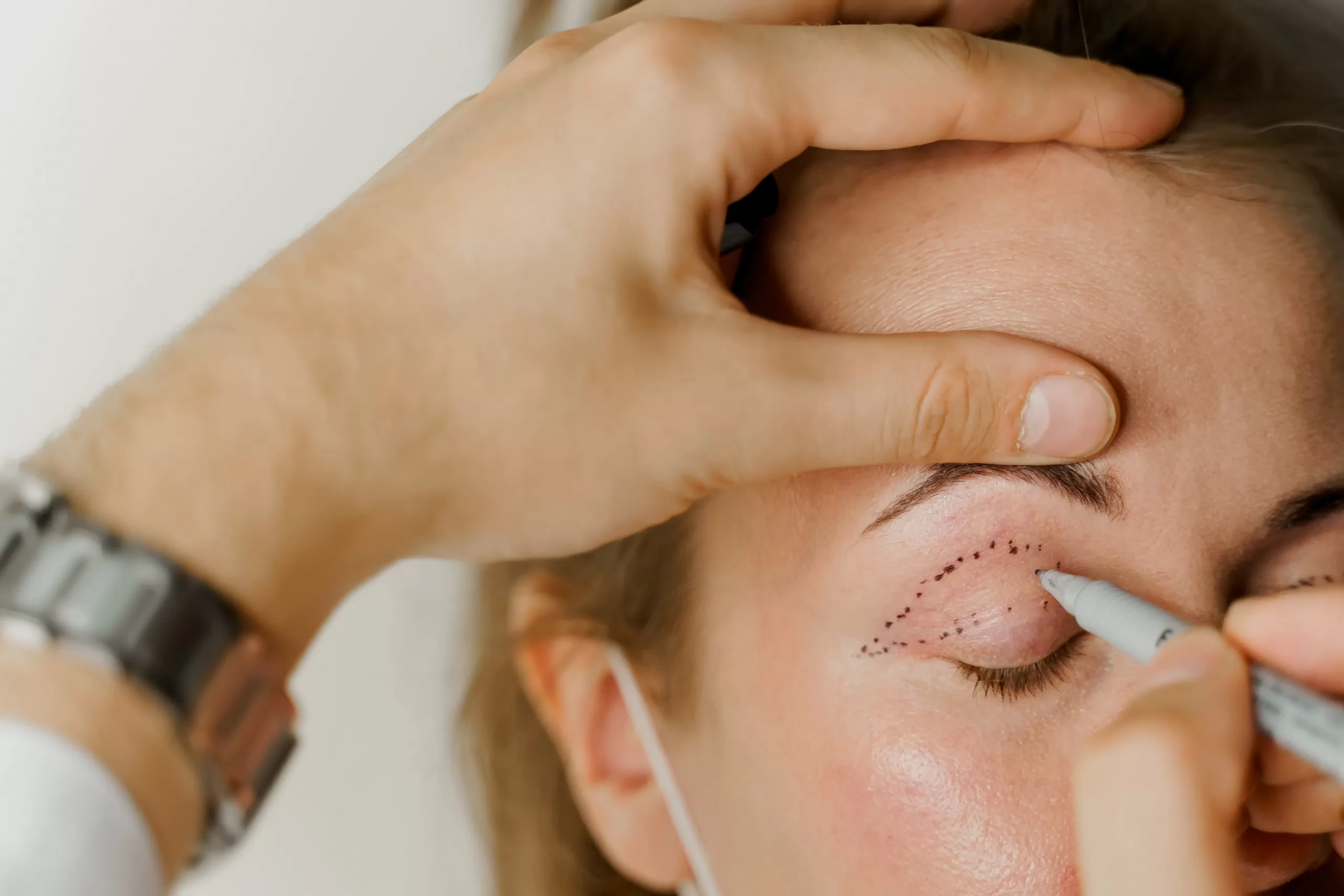Type 1 Diabetes- what are the symptoms?
Every day around 6 Australians are newly diagnosed with Type 1 Diabetes. Most of these are young adults and children. Type 1 Diabetes can develop very suddenly, and if it’s not recognised in time, it can quickly become life-threatening. So, why does it happen and how can you recognise the symptoms?
What is Type 1 Diabetes?
The pancreas is an organ located in the abdomen, near the liver. One of its jobs is to make insulin- a hormone that allows the body to use glucose (sugar) in the bloodstream to produce energy. In Type 1 Diabetes the cells in the pancreas that normally make insulin stop working, and the body is then unable to use glucose. Blood sugar levels increase, and the body tries to use other sources of fuel in the body, such as fats. This leads to substances called ketones being released. Ketones are toxic at abnormally high levels. The situation can rapidly become life-threatening unless the diagnosis is made quickly and treatment with insulin injections is started.
What are the symptoms of Type 1 Diabetes?
The typical symptoms of Type 1 Diabetes are:
- unusual thirst- the person may drink lots of fluids but will still feel very thirsty
- passing more urine than usual
- weight loss
- tiredness
- itchy skin
- nausea & vomiting
- blurred vision
- an unusual smell on the breath- a little like acetone or nail varnish
- confusion and reduced consciousness
Anyone with these symptoms needs to seek immediate medical attention, as rapid treatment is life-saving.
The diagnosis is made by checking the blood and/or urine for raised glucose and/or ketones.
What causes Type 1 Diabetes?
- It’s not known exactly why people get Type 1 Diabetes
- We do know that the body’s immune system attacks the pancreas for some reason
- It is thought that a virus may trigger this process- though it may take a while after exposure to the virus for symptoms of diabetes to develop
- There is a genetic link- it’s more common to get Type 1 Diabetes if a close relative also has it. However, many people who get Type 1 Diabetes don’t have any family history at all
What is the treatment for Type 1 Diabetes?
- Initial treatment is involves getting blood sugar back to normal levels, using insulin via a drip or injections
- Quite often dehydration is also present, and this may need correction with intravenous fluids (a drip)
- Sometimes the electrolytes (salts) in the blood may be quite abnormal, and need correction
- There is, as yet, no cure for Type 1 Diabetes, though research is ongoing and it’s quite likely that, in time, it will be curable.
- For now, ongoing treatment for Type 1 Diabetes involves taking daily insulin injections or using insulin pump, with careful monitoring of blood sugar and food intake to make sure the correct amount of insulin is given.
- People with Type 1 Diabetes usually attend a specialist (endocrinologist) for follow-up one or more times per year, depending on how well their condition is controlled.
- It’s also necessary to have regular eye checks with an optometrist, foot checks with a podiatrist and to maintain a healthy diet and active lifestyle.
- Annual influenza vaccination is recommended.
What is Type 2 Diabetes?
Type 2 diabetes is more common than Type 1, and is caused by the body losing its ability to respond to insulin- also known as insulin resistance. It is more common in older people, and in those who are overweight. However, it is starting to occur in children in more recent years. In Type 2 Diabetes, the body tries to compensate by making more insulin, but it can’t always make enough. Over time, the pancreas can’t cope with this demand, and insulin supply may start to reduce. Unlike Type 1 Diabetes, Type 2 Diabetes is usually controlled by dietary &lifestyle changes and tablets. However, sometimes insulin may be required.
What are the complications of Type 1 Diabetes?
If Diabetes is well managed, the risk of complications is minimised. However, in poorly controlled Diabetes long term complications may occur, including:
- kidney damage
- eye problems (diabetic retinopathy)
- increased risk of heart disease and stroke
- damage to blood vessels/circulation in the legs and feet, which in severe cases can lead to a need for amputation
- damage to the nerves, particularly in the feet
- sexual dysfunction
If you have concerns about Diabetes, speak to your GP. If you think you or someone you know has symptoms of Type 1 Diabetes, urgent medical attention should be sought.

What is a hysterectomy and when is it needed?
What is a hysterectomy and when is it needed? A hysterectomy is a surgical procedure to remove a woman's uterus (womb), usually performed by a gynaecologist. It is commonly [...]
Eyelid cosmetic surgery
Is Eyelid Cosmetic Surgery Right for You? Are your eyelids feeling heavy? Do they affect your vision, making everything blurry or giving you a sense of constant fatigue? Do [...]
How to get the most out of your doctor’s appointment
How to get the most out of your doctor’s appointment Have you had a bad experience with doctors? Are you nervous about your next doctor’s appointment? Whether you are [...]





